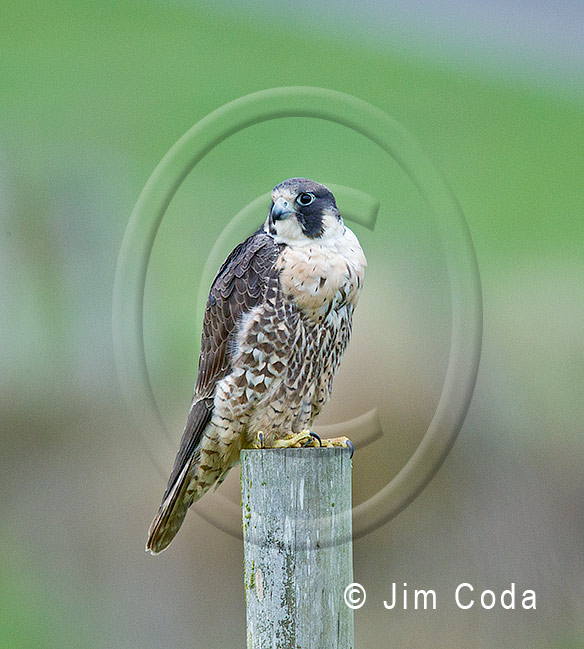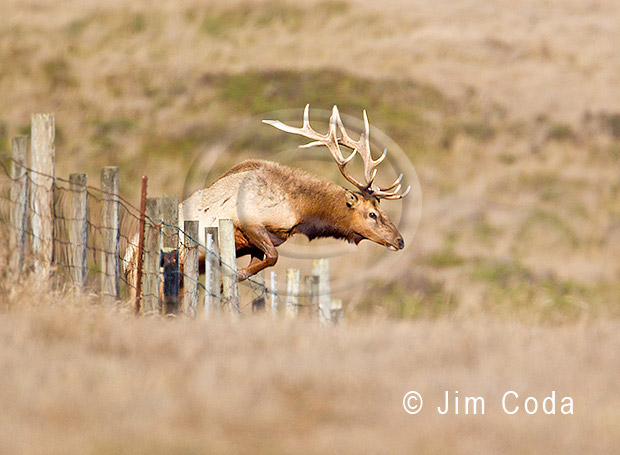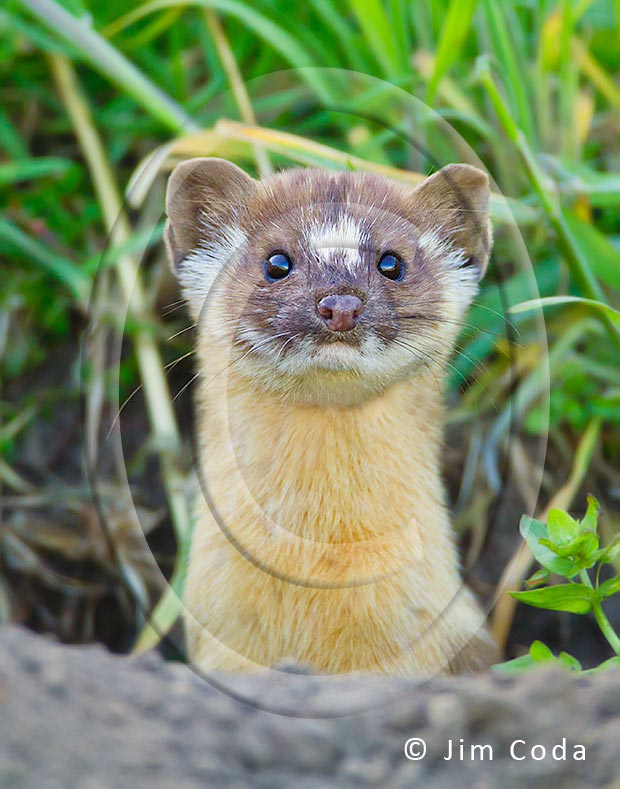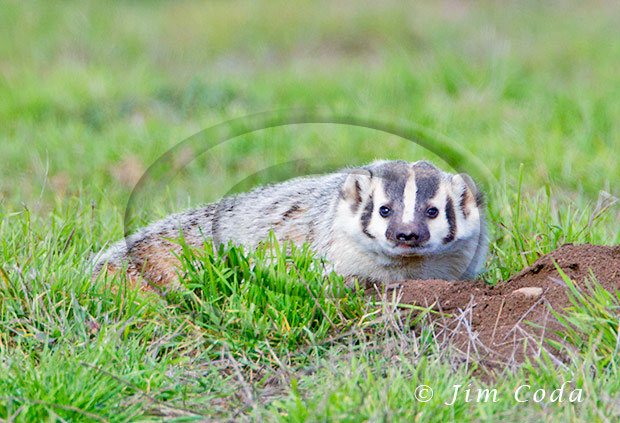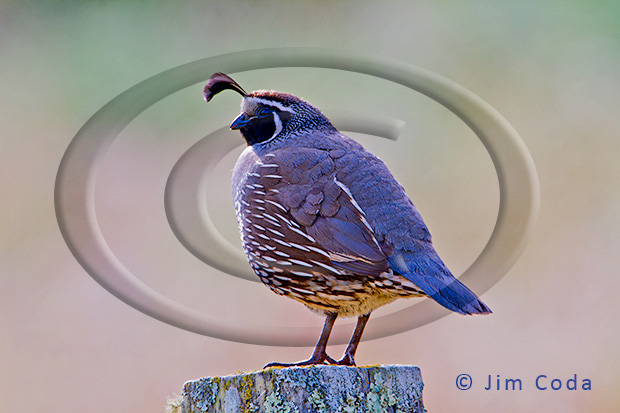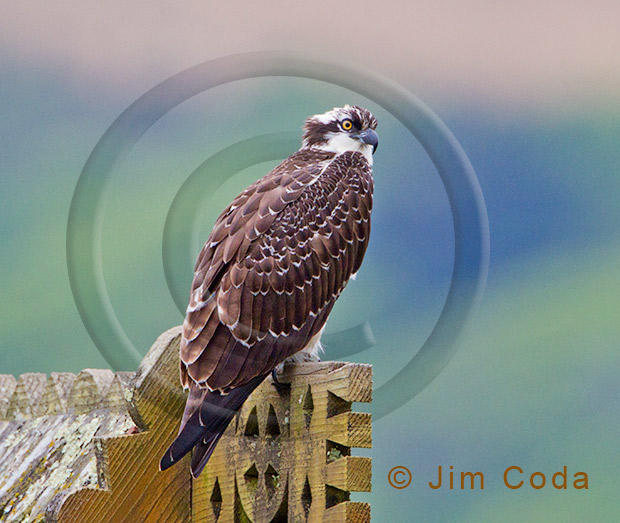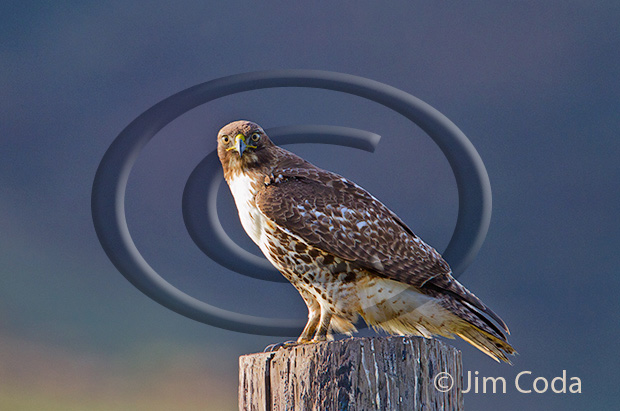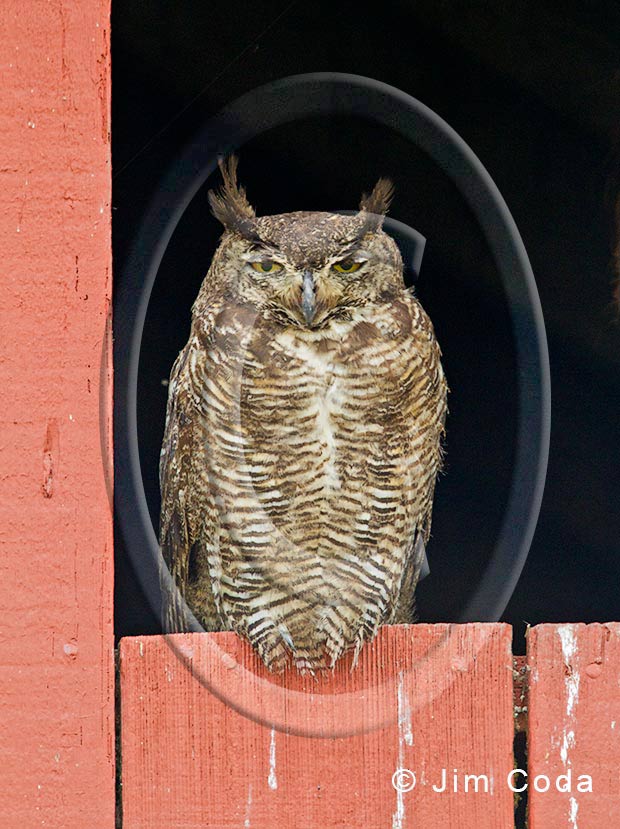Injured Bobcat, Point Reyes National Seashore

I photographed this bobcat on May 2. I saw that it had lost all its fur in one spot on its back. It was like something with a straight edge to it had come down on the cat’s back and either moved rearward or the cat moved forward to cause a straight line of fur at the forward edge to release. As the object moved rearward the pressure lessened and less and less fur was removed until about 6 inches from the beginning the pressure was fully released. As I photographed it I could see it was limping. Something was wrong with its right hind leg.

If you look closely you can see there is fur missing on the rear of the right hind leg midway between the heel and the letter “R” in the word “Rights.” This area also looks like something pressed down on the fur and scraped it backward or forward and removed a couple of inches of it.
This got me to thinking what the cause could be. I came up with three possibilities. First, the bobcat could have been hit by a vehicle. However, I can’t envision how a vehicle could remove the fur in those two areas, let alone not do any other damage. Second, the bobcat could have been in a fight with another animal such as a bobcat or coyote. Again, I can’t envision how a bobcat or coyote could cause these fur removals that begin with a straight edge to them and then move rearward on the back and downward (or possibly upward) on the hind leg. Claws and canine teeth wouldn’t do that. Third, the bobcat could have gotten caught in a barbed wire fence and lost the fur in its struggle to escape. I can envision the cat getting caught between two wires, especially if one or two wires had gotten somewhat loose as sometimes happens and, with one or two wires pressing down on its back and rear leg, the wires could have caused fur to be pulled from the bobcat in the process of the bobcat pulling free. While I don’t know for sure what happened, that seems to me to be the most likely cause. Hopefully, the bobcat is no longer limping.





